23-Year-Old Ukrainian Finds a Way to Make Paper From Fallen Leaves Without Cutting Trees

Every autumn, cities worldwide face the same expensive problem. Millions of tons of fallen leaves accumulate in parks, streets, and green spaces, necessitating costly collection, transportation, and disposal. Most municipalities burn these leaves or send them to composting facilities, creating carbon emissions while spending taxpayer money on what seems like an endless cycle of waste management.
But what if that annual burden could become a valuable resource? What if those colorful piles of maple, oak, and birch leaves could replace the need to cut down entire forests for paper production? Sometimes the most revolutionary ideas emerge from the simplest questions, asked by young minds unafraid to challenge how we’ve always done things.
In rural Ukraine, a teenager’s curiosity about nature and sustainability sparked an innovation that’s now capturing international attention. His journey from village classroom to European business success proves that age means nothing when passion meets purpose, and that environmental solutions often hide in plain sight.
When Autumn Cleanup Becomes Tomorrow’s Solution
Kyiv collects approximately 120,000 tons of fallen leaves each autumn—a massive undertaking that costs the city significant resources while creating disposal challenges. Municipal workers gather these leaves from parks, squares, and green zones, then face the expensive decision of what to do with mountains of organic waste.
Most cities choose between burning and composting, both of which create carbon emissions and incur ongoing expenses. Incineration releases stored carbon directly into the atmosphere, while composting requires facilities, monitoring, and eventual distribution of finished materials.
For Valentyn Frechka, a young inventor from the village of Sokyrnytsia, these autumn collection efforts represented an opportunity rather than a burden. Where city officials saw waste management problems, he envisioned sustainable raw materials waiting to be transformed into paper production.
Urban leaf waste contains the same cellulose that makes trees valuable for paper manufacturing. Unlike trees, which require decades to mature and are often permanently lost when harvested, fallen leaves represent renewable resources that cities must collect anyway.
School Project That Wouldn’t Stay in the Classroom
At sixteen years old, Frechka encountered information about biopolymers and cellulose during his studies. Learning how paper companies cut down forests to extract pulp sparked a fundamental question that would reshape his future.
“When I was 16 years old at school, I learned about biopolymers like cellulose and how companies cut down trees to get the pulp and turn it into paper. I thought, ‘Why not use something else?'” Frechka recalled. His rural upbringing, raised by grandparents who instilled deep respect for nature, made the environmental cost of traditional paper production particularly troubling.
Hiking in the Carpathian Mountains strengthened his connection to forests and wildlife, making deforestation feel personal rather than abstract. Young people often possess clarity that adults lose through years of accepting established systems as unchangeable.
Frechka embarked on a school project to repurpose fallen leaves into paper products. Initial experiments in his family’s kitchen proved that leaf cellulose could undergo similar processing to wood pulp, creating fibers suitable for paper production.
His project quickly gained recognition, leading to participation in national science competitions and eventually international recognition. Success at these academic levels provided validation that his concept possessed genuine scientific merit and commercial potential.
When Deputy Directors Come Calling
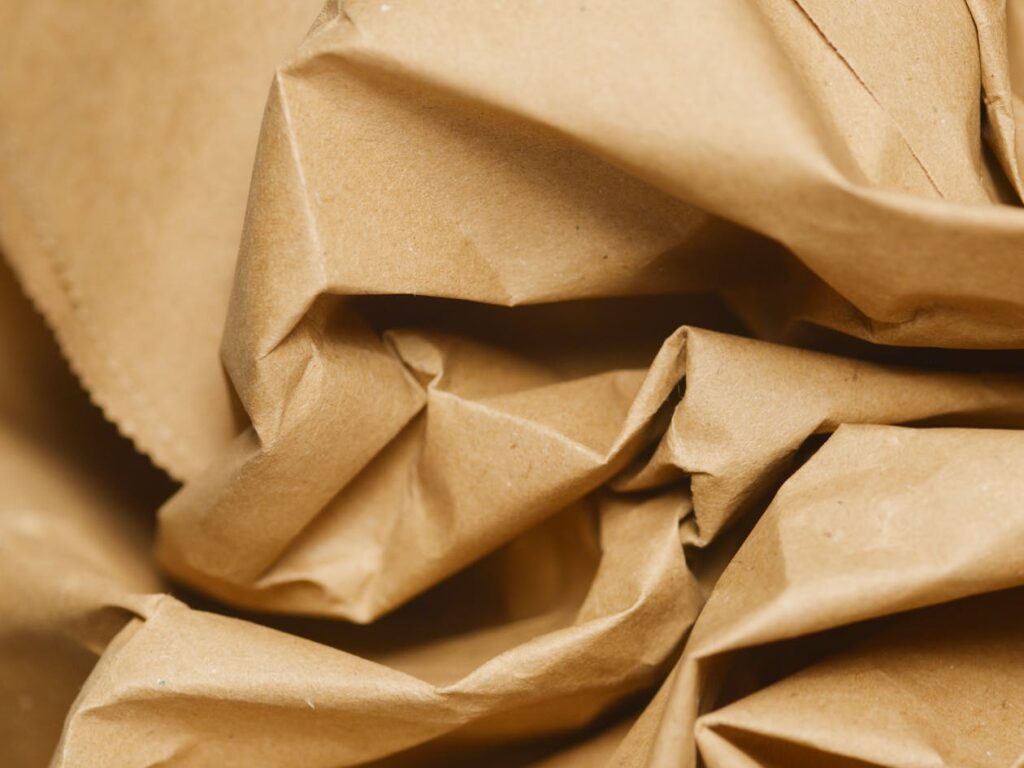
Recognition arrived through a gold medal victory at the international “Genius Olympiad” in the United States during 2018. Media coverage of this achievement caught the attention of Serhiy Rudkovskii, Deputy Director of the Zhytomyr cardboard plant, who recognized the commercial potential of Frechka’s innovation.
Rudkovskii invited Frechka to continue experiments using real industrial equipment rather than improvised kitchen setups. Access to professional facilities enabled the proper testing of processing methods, assessment of fiber quality, and exploration of production scaling possibilities.
Moving from home experimentation to industrial partnership marked a turning point where academic curiosity transformed into serious business development. Rudkovskii eventually left his position to start SEMecopack, a company focused on packaging from recycled materials, providing Frechka with experienced business guidance.
Real production facilities revealed both opportunities and challenges that laboratory experiments couldn’t predict. Industrial processing requires different equipment, quality control measures, and supply chain coordination that academic projects don’t encounter.
Professional partnerships also brought access to existing client relationships and distribution networks that young entrepreneurs struggle to develop independently.
Science Behind Turning Leaves Into Paper
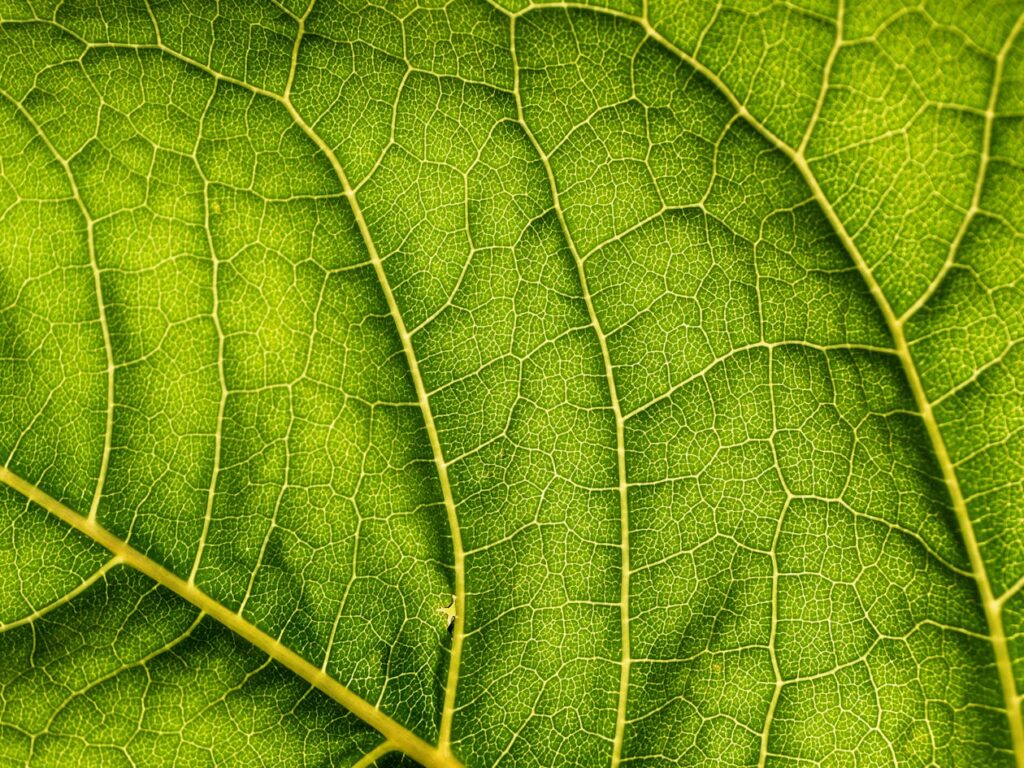
Frechka’s process efficiently extracts cellulose from fallen leaves without damaging delicate fiber structures that determine final paper quality. Leaves undergo thorough cleaning to remove dirt, insects, and other contaminants that could affect processing or product appearance.
Grinding and softening occur through high-pressure steam treatment combined with careful chemical processing. Sodium hydroxide, hydrogen peroxide, and acetic acid break down leaf structures while preserving cellulose fibers needed for paper strength and flexibility.
Chemical treatment remains mild compared to traditional wood pulp processing, avoiding sulfates, sulfites, and chlorine that create environmental concerns. Steam pressure and mechanical grinding separate fibers, while chemicals dissolve the binding compounds that hold leaf structures together.
Extracted cellulose produces pulp similar to that derived from wood, which is then combined with bio-fillers to create paper suitable for various applications. Processing yields approximately one tonne of cellulose from 2.3 tonnes of fallen leaves, equivalent to seventeen trees using conventional methods.
Bio-fillers enhance paper strength and provide specific characteristics needed for different products. Bags require different properties than cardboard or corrugated boxes, allowing customized production for diverse applications.
From Waste Management Problem to Business Solution
City councils across Ukraine responded enthusiastically when Frechka offered to collect their leaf waste for processing. Solomyan district of Kyiv became the first municipal partner, providing regular leaf deliveries that eliminated disposal costs while supporting local innovation.
Additional offers poured in from Zhytomyr, Uzhgorod, Kharkiv, and Odesa as word spread about the partnership. Municipal officials welcomed opportunities to transform expensive waste management into revenue-generating partnerships with local businesses.
Startup operations couldn’t handle the overwhelming demand from multiple cities simultaneously. Limited processing capacity forced difficult decisions about which partnerships to accept while building infrastructure capable of larger-scale operations.
The abundance of raw materials created unexpected challenges for a young company, which was already anticipating supply chain difficulties. Most startups struggle to secure adequate raw materials, but Releaf Paper faced the opposite problem of managing excessive supply offers.
The geographic distribution of willing suppliers across Ukraine created logistical complexity that required careful planning and gradual expansion rather than immediate nationwide operations.
Production Journey Across Half of Ukraine
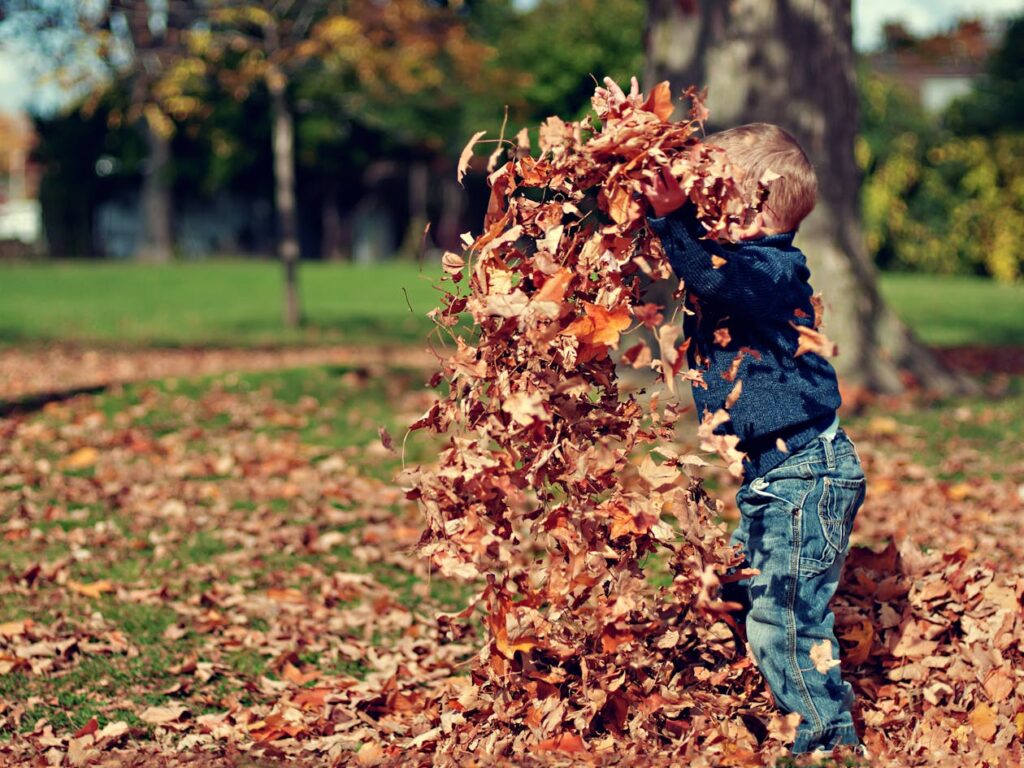
Initial production required coordination across multiple facilities throughout Ukraine due to the limited investment in infrastructure. Fiber extraction took place at the Zhytomyr plant facilities, where leaf processing equipment was designed to handle the unique requirements of non-wood cellulose production.
Extracted fibers traveled to the Mokvinsk paper factory near Rivne or the Tsyurupinsk paper factory in the Kherson region for conversion into finished paper products. Each facility provided specialized capabilities that startup operations couldn’t afford to duplicate independently.
Final processing transformed paper into bags and packaging materials at facilities in Kharkiv, completing a supply chain that spanned half the country. Transportation costs and coordination complexity highlighted the need for integrated production facilities under single management.
Distributed production enabled rapid scaling without requiring massive capital investment, but it created quality control challenges and increased operational complexity. Multiple partnerships provided flexibility while limiting direct control over final product specifications.
Monthly production reached 1.5-2 tons during initial operations, with plans to expand to 10 tons monthly and eventually 2,500-14,000 tons annually as infrastructure development progressed.
War Forces Innovation to Cross Borders
Russia’s 2022 invasion of Ukraine disrupted established production relationships and forced fundamental business strategy changes. Frechka relocated to France with his business partner, maintaining company operations while building European market opportunities.
“Releaf is a great example of what happens when experience, inspiration, knowledge and the right moment in the right place meet,” Frechka explained. “Using leaves for paper production was an option that did not exist before, and it was our key to do something great, knowing that this technology can help future generations, while keeping the Ukrainian technology ecosystem alive.”
International expansion accelerated due to conflict rather than planned business development. European markets offered new opportunities while Ukrainian operations faced uncertainty and potential disruption.
French headquarters provided access to European Union markets and regulatory frameworks that support sustainable packaging initiatives. Relocation also enabled direct relationship building with international clients seeking alternatives to traditional packaging materials.
Maintaining Ukrainian technology development became both a business necessity and a patriotic duty, preserving innovation capabilities despite wartime challenges affecting the broader technology sector.
Major Brands Betting on Leaf-Based Packaging
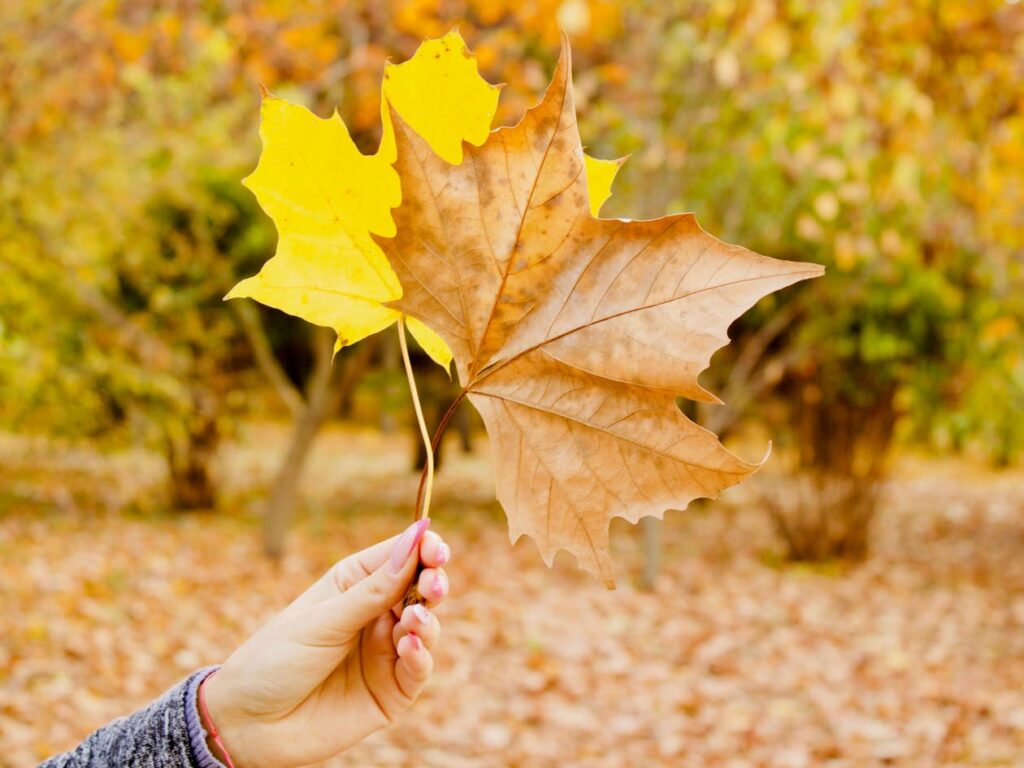
International brands, including L’Oréal, Chanel, and Samsung, became clients, validating the commercial viability of leaf-based packaging solutions. Premium brands typically maintain strict quality standards, making their adoption a significant endorsement of product capabilities.
European Union regulations systematically eliminate single-use plastic packaging, creating massive market demand for sustainable alternatives. Complete replacement with recycled materials by 2030 represents unprecedented business opportunities for companies offering viable solutions.
The Ukrainian Parliament has decided to eliminate plastic bags from supermarkets and public catering by January 2023, thereby accelerating domestic market development. Legislative changes create predictable demand that supports business planning and investment decisions.
Retail chains, including Auchan, began proactively replacing conventional packaging with sustainable alternatives. Early adopters gain a competitive advantage by testing the market acceptance of eco-friendly products.
Growing consumer awareness of environmental impacts drives purchasing decisions toward sustainable options, creating a market pull that complements the regulatory push from government policies.
Numbers That Tell the Sustainability Story
Current production capabilities support a monthly output of 1.5-2 tons, with expansion plans targeting 10 tons monthly and eventual scaling to 2,500-14,000 tons annually. Growth projections align with increasing market demand and the development of production facilities.
The global Kraft paper market is expected to reach €16.95 billion by 2030, presenting significant opportunities for sustainable production methods. Market size validates the potential return on investment in alternative production technologies.
Export pricing strategies include 15% premiums for European markets, recognizing higher willingness to pay for sustainable products in environmentally conscious markets. Premium pricing supports research and development investment while maintaining competitive positioning.
Priority export markets include Norway, Finland, and Denmark—countries with robust environmental regulations and a strong preference for sustainable products among their consumers. A geographic focus enables concentrated marketing efforts and relationship-building.
Production efficiency demonstrates clear environmental benefits: 2.3 tonnes of fallen leaves replace seventeen trees while reducing water consumption compared to conventional paper manufacturing.
Young Inventors Prize Recognition Changes Everything
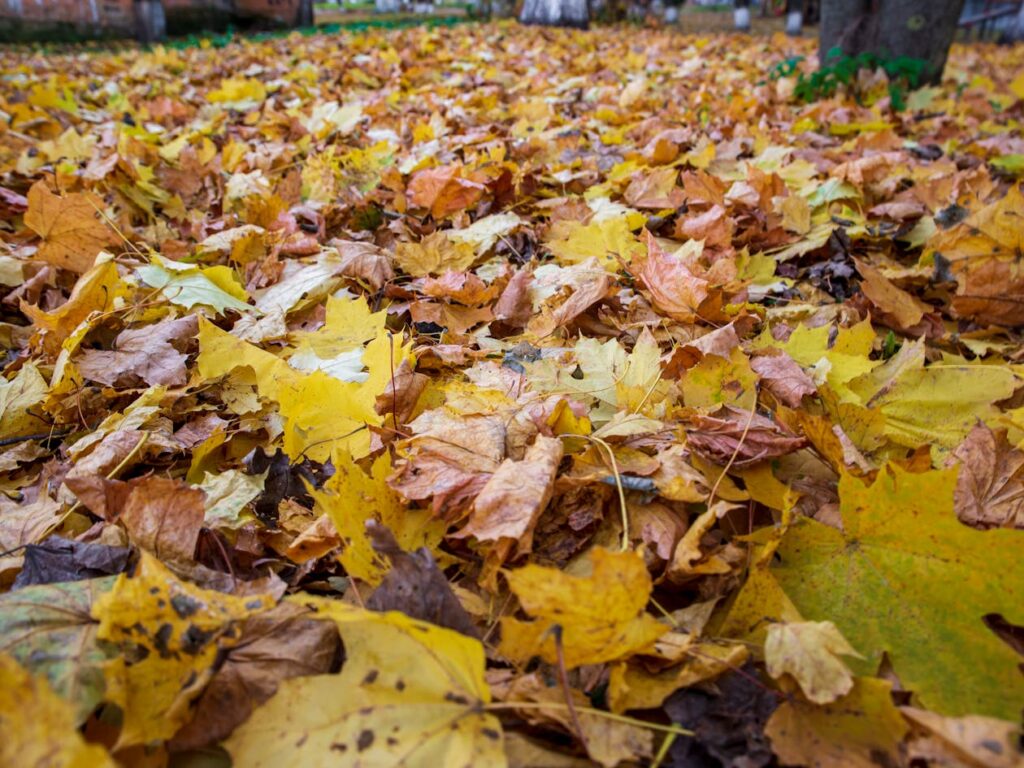
Being selected as a finalist for the European Inventor Award’s Young Inventors Prize, out of over 550 candidates, provided international recognition and credibility. Competition against Dutch and Tunisian innovators highlighted the global scope of young inventors addressing sustainability challenges.
A second-place finish validated the technology’s significance, providing a platform for broader business development and investment opportunities. Award recognition often catalyzes partnership discussions and customer interest, accelerating growth.
Media attention surrounding the competition increased brand visibility and established Frechka as a thought leader in sustainable packaging innovation. Public recognition supports business development efforts and attracts top talent to the team.
International competition also provided networking opportunities with other young inventors, potential collaborators, and industry experts who could provide guidance and partnership opportunities.
Environmental Impact Beyond Just Saving Trees
Leaf-based paper production reduces carbon emissions from decomposition while minimizing greenhouse gas emissions generated during traditional wood harvesting and processing. Multiple environmental benefits compound the positive impact compared to conventional methods.
Water consumption remains significantly lower than wood pulp processing, addressing concerns about industrial water usage in regions facing water scarcity. Reduced chemical requirements also minimize wastewater treatment needs and environmental contamination risks.
Some processing waste is converted into fertilizer that is returned to cities for urban landscaping, creating circular economy benefits that eliminate waste streams. Closed-loop systems maximize resource utilization while minimizing environmental impact.
Contribution to United Nations Sustainable Development Goals includes SDG 9 (Industry, Innovation, and Infrastructure) and SDG 12 (Responsible Consumption and Production), aligning business success with global sustainability objectives.
Future Plans: From Leaves to All Bio-Waste
Walking through any city park during autumn, remember that those colorful leaves carpeting the ground represent more than seasonal beauty. Each fallen leaf carries the potential to replace trees, reduce emissions, and transform waste into valuable resources. Sometimes, the most potent solutions emerge from young minds willing to question why we accept problems as permanent.
Valentyn Frechka’s journey from a rural Ukrainian village to international recognition proves that age, location, and resources matter less than curiosity and determination. His success demonstrates how environmental challenges become opportunities when viewed through fresh perspectives unencumbered by “that’s how we’ve always done it” thinking.
Next time you see municipal workers collecting autumn leaves, imagine those trucks carrying tomorrow’s packaging materials rather than today’s waste. Change begins when someone young enough to believe in impossible solutions meets problems old enough to need them.
Loading...

